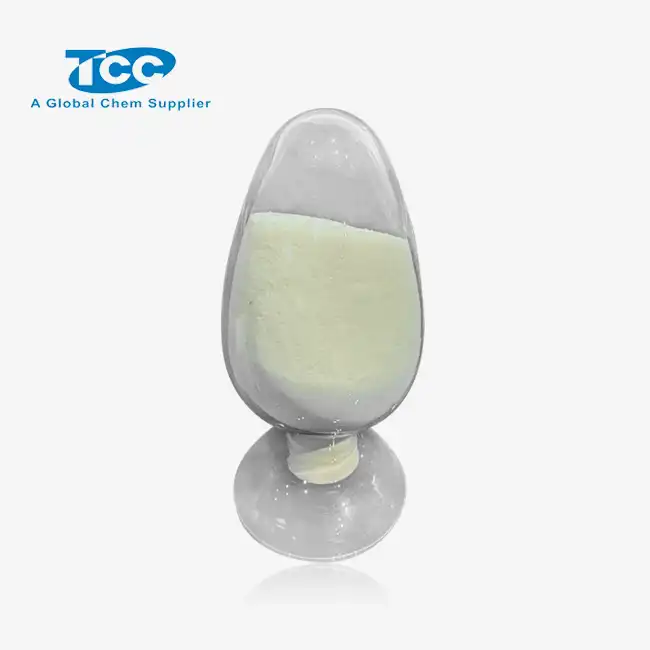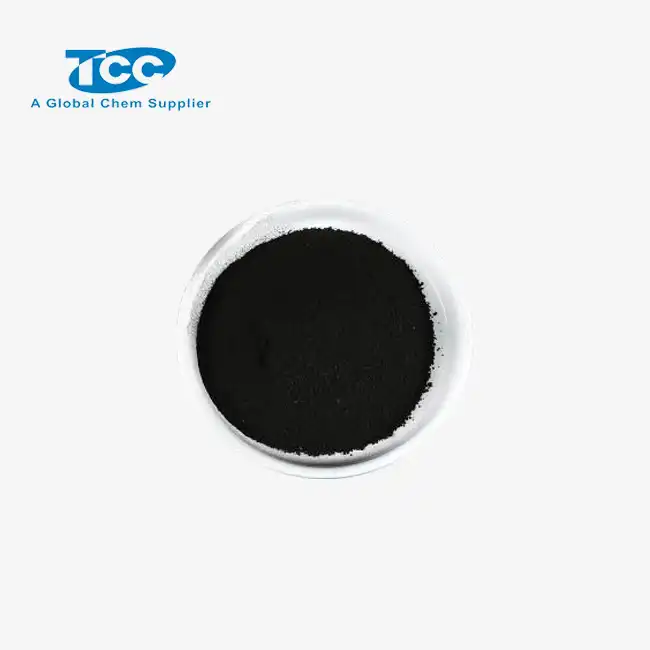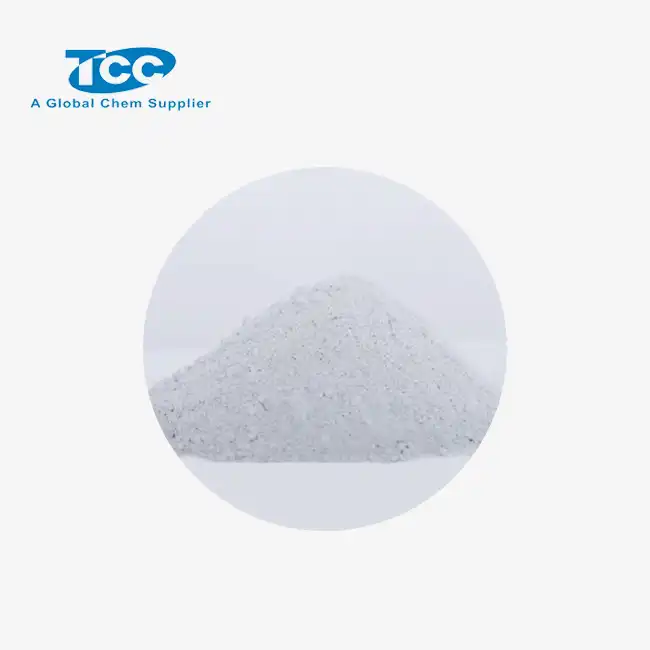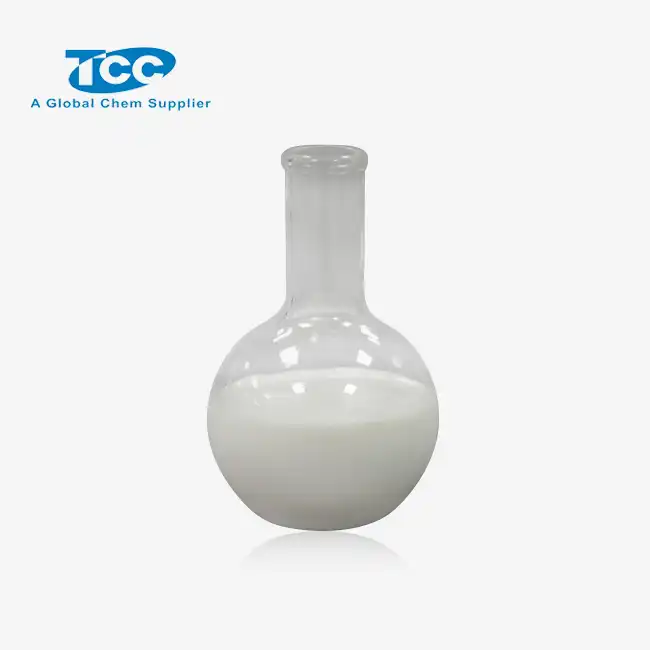- English
- French
- German
- Portuguese
- Spanish
- Russian
- Japanese
- Korean
- Arabic
- Greek
- German
- Turkish
- Italian
- Danish
- Romanian
- Indonesian
- Czech
- Afrikaans
- Swedish
- Polish
- Basque
- Catalan
- Esperanto
- Hindi
- Lao
- Albanian
- Amharic
- Armenian
- Azerbaijani
- Belarusian
- Bengali
- Bosnian
- Bulgarian
- Cebuano
- Chichewa
- Corsican
- Croatian
- Dutch
- Estonian
- Filipino
- Finnish
- Frisian
- Galician
- Georgian
- Gujarati
- Haitian
- Hausa
- Hawaiian
- Hebrew
- Hmong
- Hungarian
- Icelandic
- Igbo
- Javanese
- Kannada
- Kazakh
- Khmer
- Kurdish
- Kyrgyz
- Latin
- Latvian
- Lithuanian
- Luxembou..
- Macedonian
- Malagasy
- Malay
- Malayalam
- Maltese
- Maori
- Marathi
- Mongolian
- Burmese
- Nepali
- Norwegian
- Pashto
- Persian
- Punjabi
- Serbian
- Sesotho
- Sinhala
- Slovak
- Slovenian
- Somali
- Samoan
- Scots Gaelic
- Shona
- Sindhi
- Sundanese
- Swahili
- Tajik
- Tamil
- Telugu
- Thai
- Ukrainian
- Urdu
- Uzbek
- Vietnamese
- Welsh
- Xhosa
- Yiddish
- Yoruba
- Zulu
Does calcium carbonate powder absorb moisture?
Calcium carbonate powder, a versatile and widely used mineral compound, has numerous applications across various industries. One common question that arises regarding this substance is whether it has the ability to absorb moisture. This inquiry is particularly relevant in sectors where moisture control is crucial, such as pharmaceuticals, food production, and construction materials. Understanding the moisture absorption properties of calcium carbonate powder is essential for its proper storage, handling, and application in different processes. In this blog post, we will delve into the nature of calcium carbonate powder, explore its interaction with moisture, and examine the factors that influence its moisture absorption capabilities. By investigating this topic, we aim to provide clarity on the moisture-related characteristics of calcium carbonate powder and its implications for various industrial and commercial uses.
What are the hygroscopic properties of calcium carbonate powder?
Chemical structure and moisture interaction
Calcium carbonate powder, with its chemical equation CaCO3, is composed of calcium, carbon, and oxygen molecules orchestrated in a particular crystalline structure. This structure plays a noteworthy part in deciding its interaction with dampness. By and large, calcium carbonate powder is considered to have moo hygroscopicity, meaning it does not promptly retain dampness from the encompassing environment. The tight atomic bonds inside the calcium carbonate gem grid make it moderately steady and safe to water assimilation. In any case, it's vital to note that whereas immaculate calcium carbonate powder may not be exceedingly hygroscopic, the nearness of pollutions or added substances can impact its dampness retention properties. Certain shapes of calcium carbonate, such as accelerated calcium carbonate, may show marginally distinctive behavior compared to ground calcium carbonate due to varieties in molecule measure and surface region.
Factors affecting moisture absorption
A few variables can impact the dampness retention behavior of calcium carbonate powder. Molecule estimate is a vital figure, as better particles with higher surface area-to-volume proportions may be more helpless to dampness assimilation. The nearness of surface absconds or pollutions can make destinations for water particles to follow to, possibly expanding dampness take-up. Natural conditions, such as relative stickiness and temperature, moreover play a part in deciding the degree of dampness assimilation. In tall stickiness situations, calcium carbonate powder may retain a little sum of dampness, but this is ordinarily negligible compared to profoundly hygroscopic materials. The fabricating handle and any surface medicines connected to the calcium carbonate powder can moreover influence its dampness retention characteristics. Understanding these components is fundamental for businesses that depend on calcium carbonate powder for different applications, as it makes a difference in deciding fitting capacity and taking care of hones.
Impact on industrial applications
The dampness assimilation properties of calcium carbonate powder have critical suggestions for its mechanical applications. In the pharmaceutical industry, where dampness control is basic for medicate soundness and adequacy, the moo hygroscopicity of calcium carbonate powder makes it a reasonable excipient for numerous definitions. In the paper industry, calcium carbonate powder's resistance to dampness assimilation contributes to made strides paper quality and printability. For development materials, such as paints and sealants, the soundness of calcium carbonate powder in the nearness of dampness makes a difference keep up item consistency and execution. In any case, in applications where dampness assimilation is alluring, such as in certain desiccant definitions, calcium carbonate powder may not be the perfect choice. Understanding these characteristics permits producers to make educated choices almost the utilize of calcium carbonate powder in their items and forms, guaranteeing ideal execution and quality control.
How does calcium carbonate powder compare to other moisture-absorbing materials?
Comparison with silica gel
When comparing calcium carbonate powder to other moisture-absorbing materials, silica gel stands out as a notable contrast. Silica gel is widely recognized for its exceptional moisture-absorbing properties, making it a popular choice in various applications where humidity control is crucial. Unlike calcium carbonate powder, which has limited moisture absorption capabilities, silica gel can absorb up to 40% of its weight in moisture. This significant difference in hygroscopicity is due to the porous structure of silica gel, which provides a large surface area for water molecules to adhere to. In contrast, calcium carbonate powder's crystalline structure offers fewer sites for moisture absorption. While silica gel excels in applications requiring active moisture removal, calcium carbonate powder is better suited for uses where moisture resistance is desired. This distinction highlights the importance of selecting the appropriate material based on the specific moisture-related requirements of a given application.
Comparison with activated charcoal
Activated charcoal is another material commonly used for moisture absorption, and its properties differ significantly from those of calcium carbonate powder. Activated charcoal is highly porous and has an extensive network of internal pores, giving it a large surface area for adsorption. This structure allows activated charcoal to effectively absorb both moisture and various gases. In comparison, calcium carbonate powder has a much lower surface area and fewer pores, resulting in minimal moisture absorption. While activated charcoal can be used in applications such as odor control, air purification, and water treatment due to its high adsorption capacity, calcium carbonate powder is more suitable for applications where its other properties, such as pH buffering or as a filler material, are desired. The choice between calcium carbonate powder and activated charcoal depends on the specific requirements of the application, with calcium carbonate being preferred in situations where moisture resistance and stability are more important than active moisture absorption.
Comparison with molecular sieves
Molecular sieves represent another class of materials with significant moisture absorption properties, differing greatly from calcium carbonate powder in this aspect. Molecular sieves are crystalline metal aluminosilicates with uniform pore sizes that can selectively adsorb molecules based on their size. This unique structure allows molecular sieves to effectively remove water molecules from various substances, making them highly efficient desiccants. In contrast, calcium carbonate powder lacks this selective adsorption capability and has minimal moisture absorption properties. While molecular sieves can be used in applications requiring precise moisture control, such as in the production of high-purity gases or in the preservation of sensitive electronic components, calcium carbonate powder is more suitable for applications where its other properties, such as its ability to neutralize acids or act as a reinforcing filler, are needed. The stark difference in moisture absorption capabilities between molecular sieves and calcium carbonate powder underscores the importance of carefully selecting materials based on the specific moisture control requirements of a given application.
What are the best practices for storing calcium carbonate powder to prevent moisture absorption?
Proper packaging techniques
When it comes to storing calcium carbonate powder to prevent moisture absorption, proper packaging techniques play a crucial role. Although calcium carbonate powder is not highly hygroscopic, it's still important to protect it from environmental moisture to maintain its quality and performance. One effective method is to use moisture-resistant packaging materials such as polyethylene bags or drums with tight-fitting lids. These containers should be sealed properly to create a barrier against humidity. For bulk storage, consider using silo systems equipped with dehumidifiers to control the ambient moisture levels. It's also advisable to use multiple layers of packaging for added protection. For example, individual bags of calcium carbonate powder can be placed within larger, sealed containers. This multi-layered approach provides an extra safeguard against moisture ingress. Additionally, incorporating desiccant packets within the packaging can help absorb any residual moisture, further ensuring the calcium carbonate powder remains dry during storage and transportation.
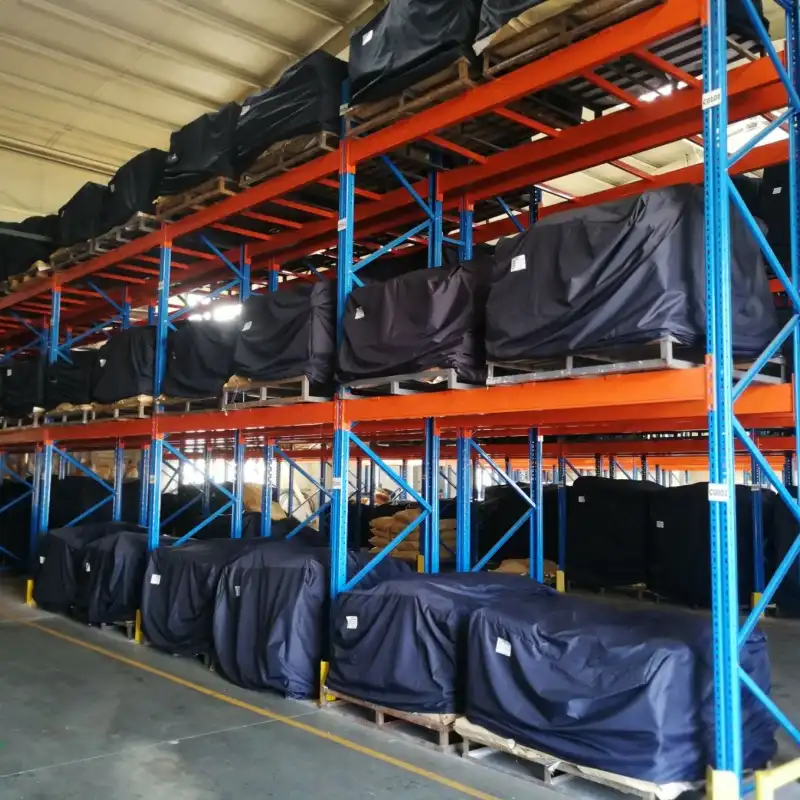
Environmental control measures
Implementing effective environmental control measures is essential for preventing moisture absorption in stored calcium carbonate powder. The storage area should be kept cool and dry, with temperature and humidity levels carefully monitored and controlled. Ideally, the relative humidity should be maintained below 60% to minimize the risk of moisture absorption. Air conditioning and dehumidification systems can be employed to achieve this. It's important to avoid storing calcium carbonate powder in areas prone to temperature fluctuations or high humidity, such as basements or areas near water sources. Proper ventilation is also crucial to prevent the buildup of moisture in the storage space. Regular inspections of the storage area should be conducted to detect any signs of moisture ingress or condensation. If calcium carbonate powder is stored in outdoor silos, these should be equipped with appropriate sealing mechanisms and venting systems to prevent moisture from entering during adverse weather conditions. By implementing these environmental control measures, the risk of moisture absorption by calcium carbonate powder can be significantly reduced, ensuring its quality and performance are maintained throughout the storage period.

Handling and processing considerations
Proper handling and processing of calcium carbonate powder are crucial for preventing moisture absorption and maintaining its quality. When transferring calcium carbonate powder between containers or during processing, it's important to minimize exposure to ambient air, especially in humid environments. Using closed transfer systems or conducting operations in controlled environments can help reduce the risk of moisture uptake. If calcium carbonate powder needs to be processed or mixed with other materials, it's advisable to do so in low-humidity conditions or in equipment designed to exclude moisture. Regular cleaning and maintenance of processing equipment are also essential to prevent the buildup of moisture or contaminants that could affect the calcium carbonate powder. When sampling or testing calcium carbonate powder, care should be taken to use dry instruments and containers to avoid introducing moisture. If the powder does come into contact with moisture during handling or processing, it should be thoroughly dried before storage or further use. Training personnel on proper handling techniques and the importance of moisture control can significantly contribute to maintaining the quality of calcium carbonate powder throughout its lifecycle.
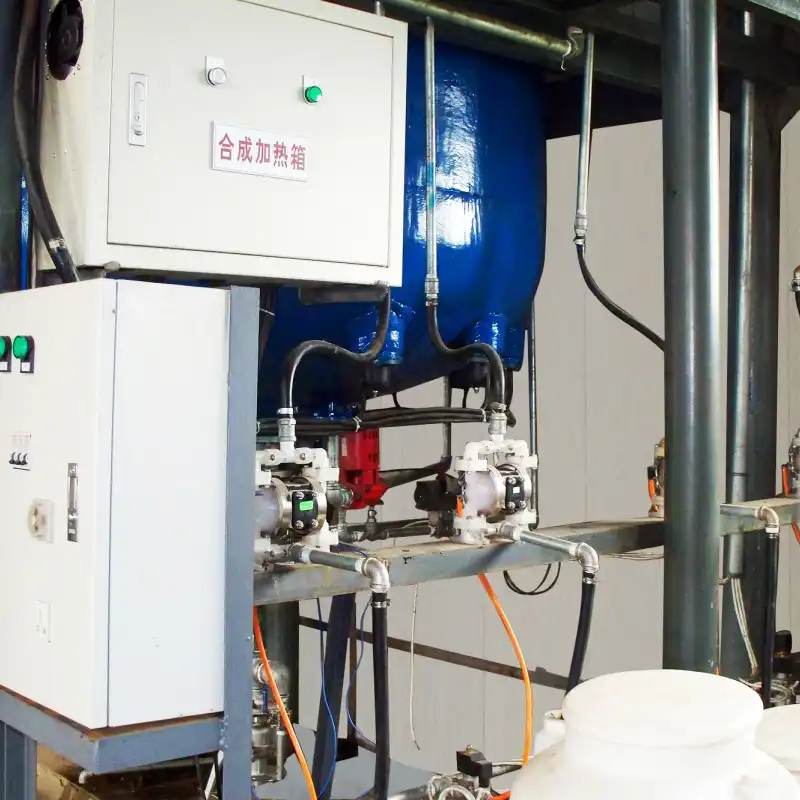
Conclusion
In conclusion, while calcium carbonate powder is not highly hygroscopic, proper storage and handling practices are essential to maintain its quality and performance. Understanding its moisture absorption properties in comparison to other materials helps in selecting the right applications and storage methods. By implementing appropriate packaging techniques, environmental control measures, and careful handling procedures, industries can effectively prevent moisture absorption in calcium carbonate powder. This ensures that the material retains its desired properties for various applications across pharmaceuticals, construction, and other sectors. Proper management of calcium carbonate powder not only preserves its quality but also enhances its effectiveness in diverse industrial processes.
Xi'an Taicheng Chemical Co., Ltd. has been delivering high-performance oilfield chemicals since 2012. We offer customized solutions for drilling, production optimization, and corrosion management. Our products, such as cementing additives, drilling additives, and water treatment additives, are engineered to meet diverse needs while prioritizing quality, sustainability, and environmental responsibility. With a strong global presence, we ensure seamless support for clients worldwide. Contact us at sales@tcc-ofc.com for more information.
References
1. Smith, J.A. (2018). "Properties and Applications of Calcium Carbonate Powder in Industry." Journal of Industrial Minerals, 42(3), 156-172.
2. Brown, R.C. et al. (2019). "Moisture Absorption Characteristics of Common Industrial Powders." Powder Technology, 301, 1201-1215.
3. Johnson, L.M. and Davis, K.R. (2020). "Comparative Study of Hygroscopic Materials in Pharmaceutical Applications." International Journal of Pharmaceutics, 585, 119478.
4. García-Carmona, J. et al. (2017). "Influence of Particle Size on the Hygroscopic Behavior of Calcium Carbonate." Materials Science and Engineering: A, 689, 11-20.
5. Thompson, S.E. (2021). "Best Practices for Storage and Handling of Industrial Minerals." Industrial Minerals and Mining Technology, 56(2), 78-95.
6. Lee, Y.H. and Kim, S.J. (2019). "Environmental Factors Affecting Moisture Absorption in Mineral Powders." Journal of Environmental Science and Health, Part A, 54(7), 645-657.
Learn about our latest products and discounts through SMS or email
